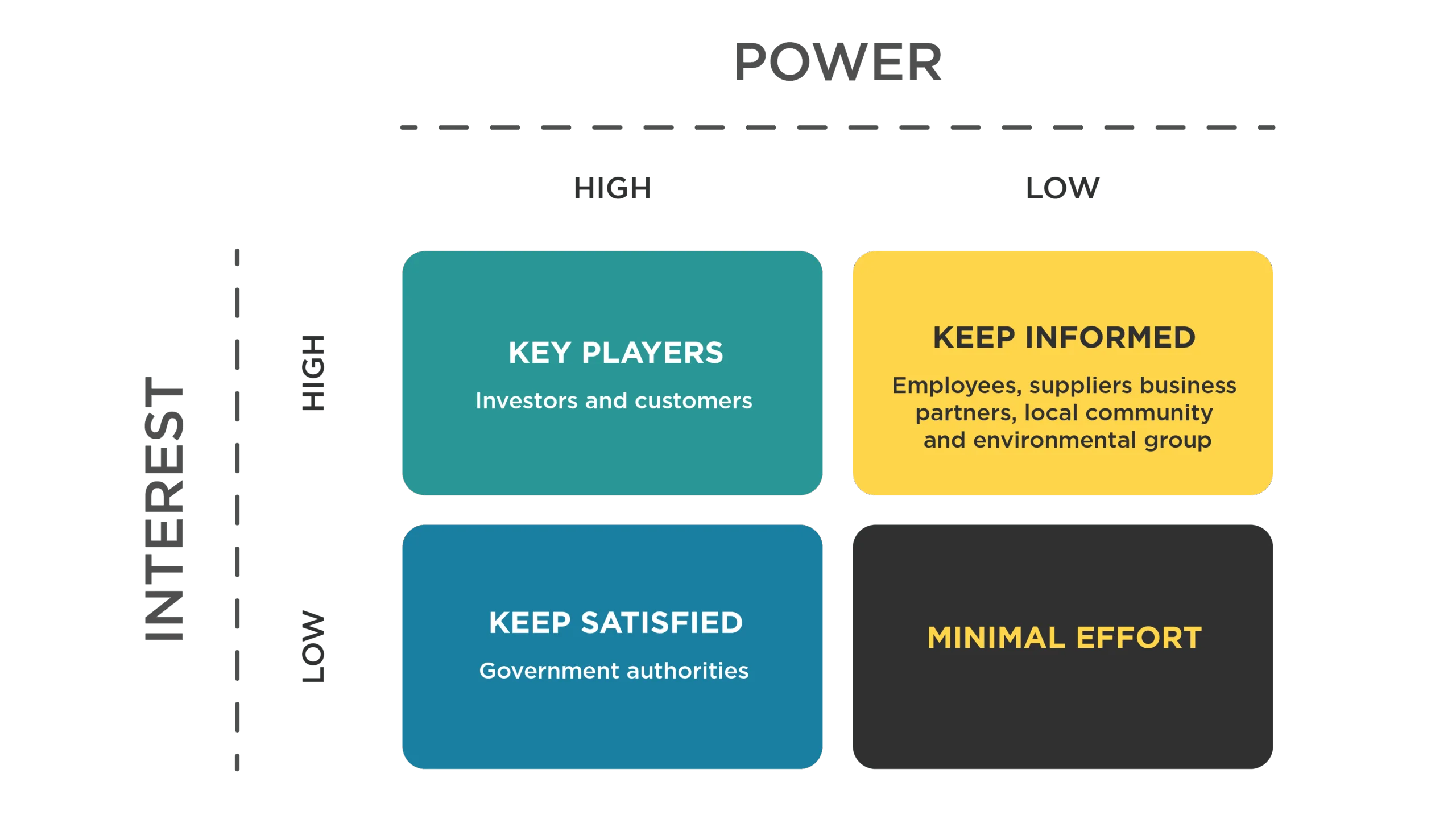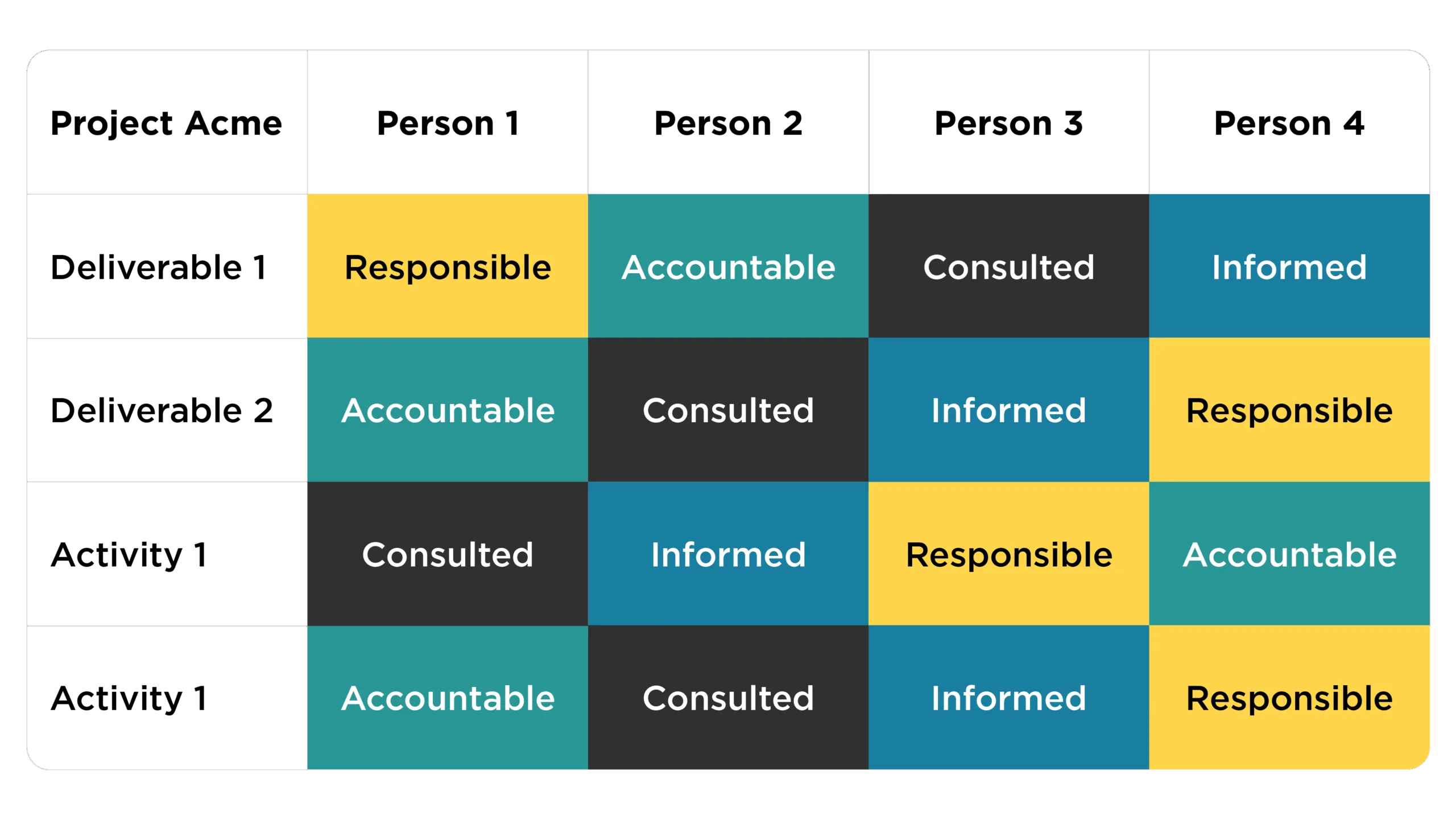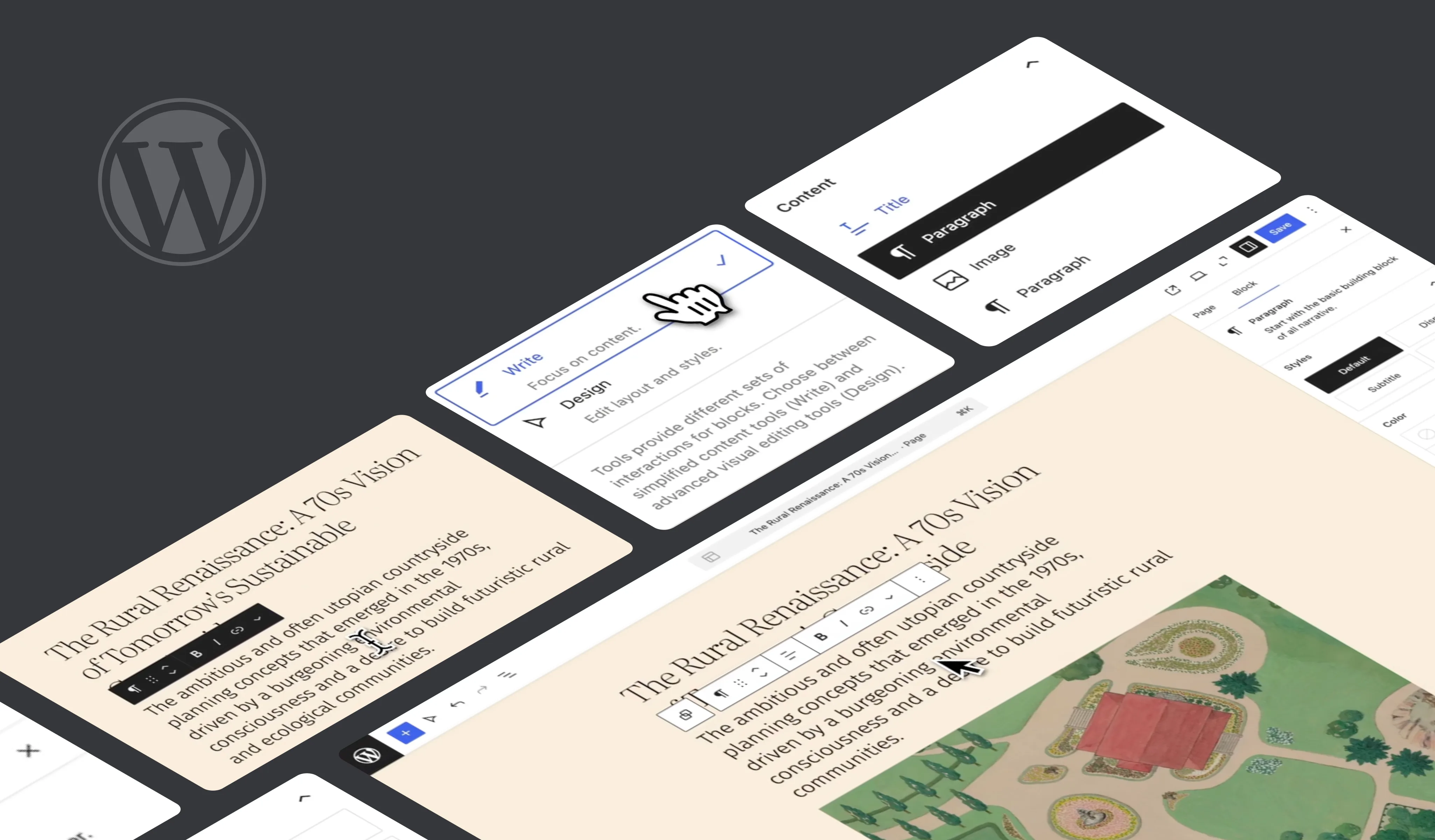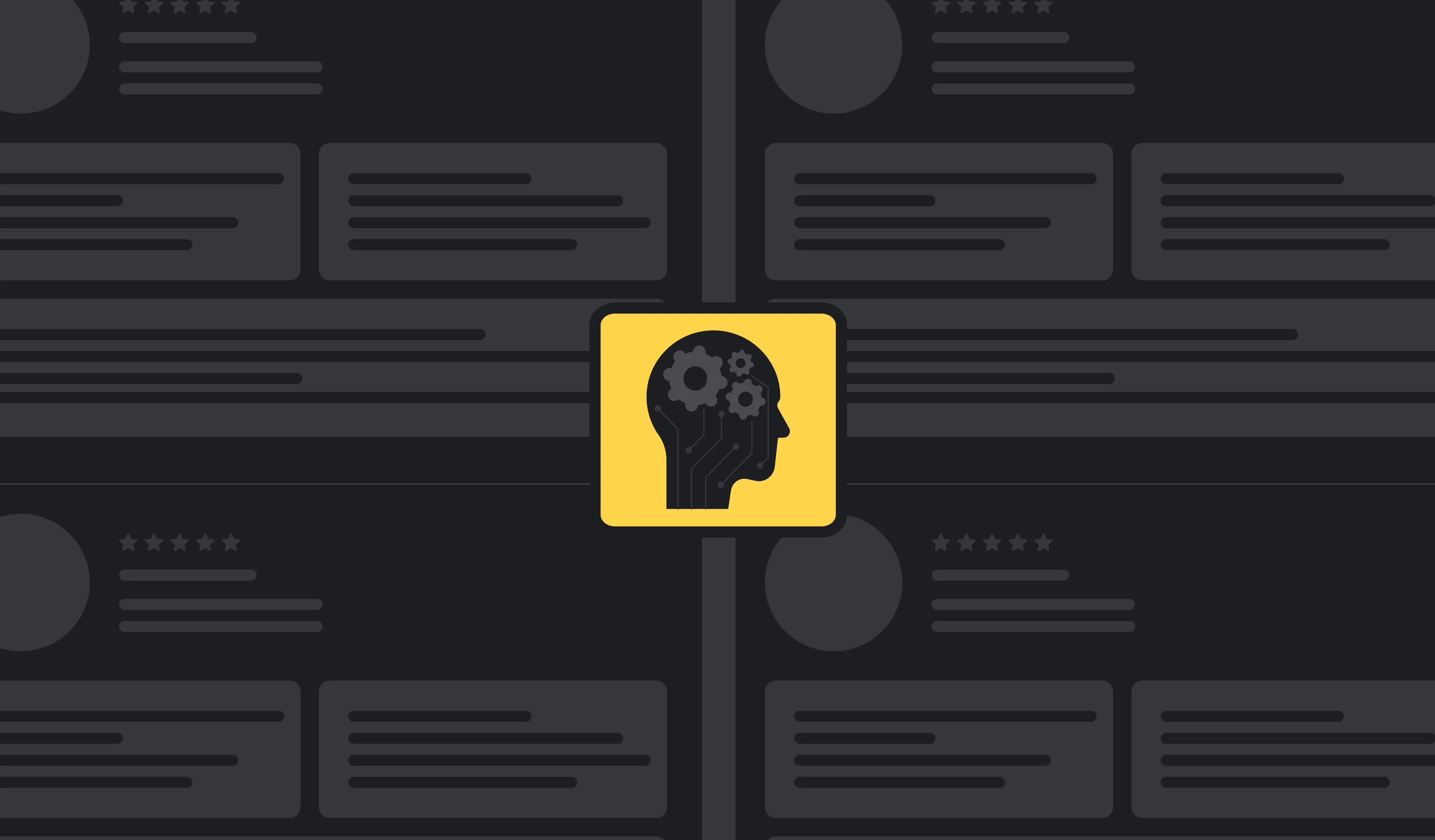Collaboration may be a hurdle for all parties if not planned properly. Good projects fail because of miscommunication, poor documentation of agreements, or disorganization in shared responsibility.
In projects, we tend to focus on task management and delivering features on time, but the production team is not the only stakeholder interested in the project's success.
In the article, we will share the approaches to stakeholder management for the smoother collaboration of partner agencies and clients.
Communication is everything

All it takes is to build transparent processes and get relationships with the client on track from the beginning.
The safe way to set clear and concise communication is to initiate discovery sessions with the client to get an idea of their perspective, goals, resources, etc.
Identifying stakeholders

If many people participate from the client side, it is necessary to understand their roles and responsibilities.
First, you need to brainstorm:
- Who cares the most about this project;
- Who is the influencer in the project and what way;
- Who will be affected by the outcomes of the project;
- Who approves, reviews, makes decisions, funds, and updates requirements.
Prioritizing stakeholders
Prioritize stakeholders using Mendelow's matrix and two indicators: interest and power.
It will give clarity on how to interact with each of them.

Setting roles and responsibilities
Use the RACI matrix to clarify and define roles and responsibilities in cross-functional departmental projects and processes. It will help keep transparency and easily understand who you should contact, advise, or get approval from in different situations.

Communication plan tips

Prepare and agree with the stakeholders on a communication plan:
- Schedule regular meetings;
- Discuss emergency communication plan (who the client can contact if the PM is unavailable or where the client can text to get an immediate reply);
- Agree on how often you will inform the clients about the updates;
- Discuss regular demos;
- Explain the process of the deployments and scheduling;
- Prepare and approve the project timeline.
Stakeholders’ responsibility and action items

Outline the responsibilities and action items to convey the information to the client. In particular, what should be done from their side to avoid obstacles in the development?
Example
Content migration: The client needs to provide documents with all the necessary data for us to perform the migration.
Documenting vital project data

Document important conversations:
- Meeting notes;
- Follow-ups;
- Project schedule;
- Risk register;
- Scope statement;
- Requirement gathering template, etc.
It will help to stay on the same page with the stakeholders, not lose any important details, and keep the workflow transparent.
Conclusion
With the right tools and a straightforward communication strategy, collaboration will come to fruition. There are many reasons projects fail, but communication obstacles are the most ridiculous. Thus, it is well worth the effort to invest in proper stakeholder management and understanding of mutual responsibility.



